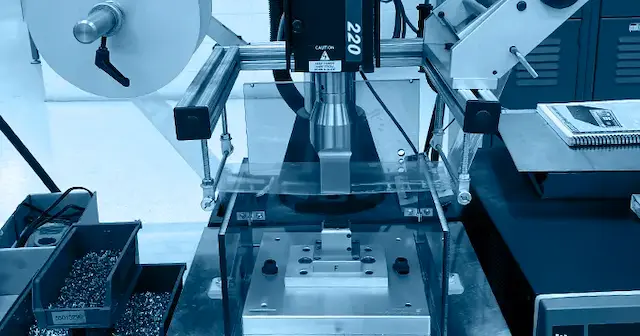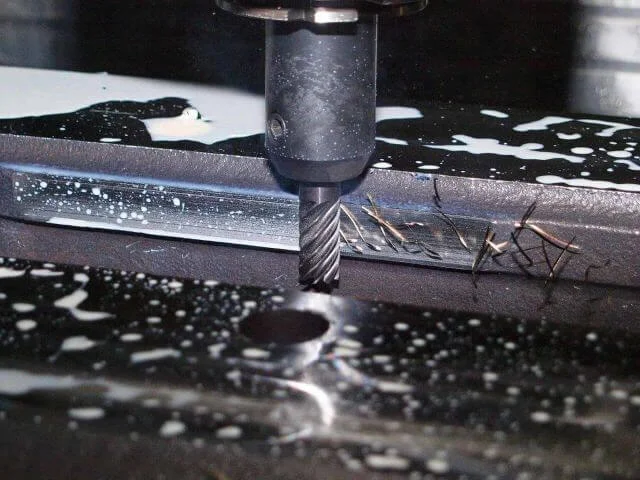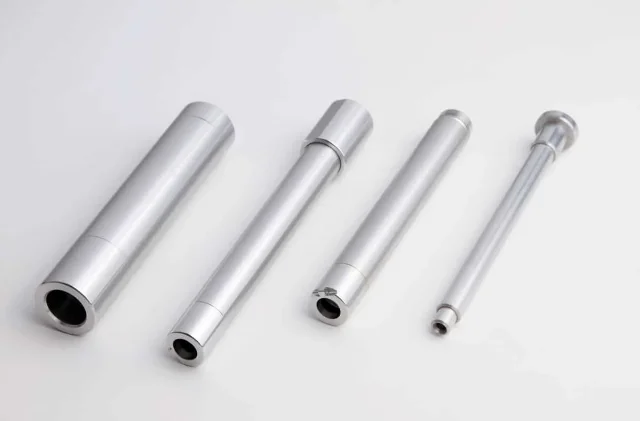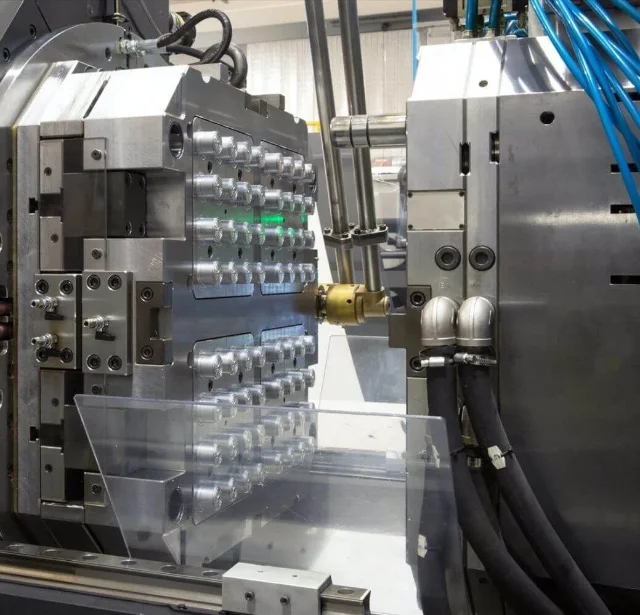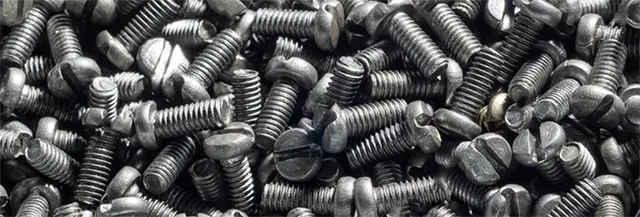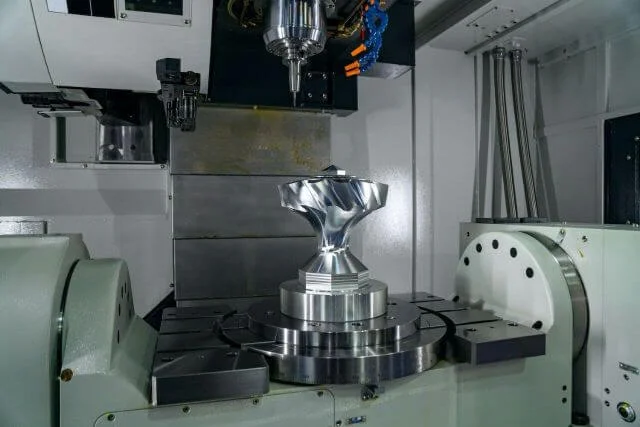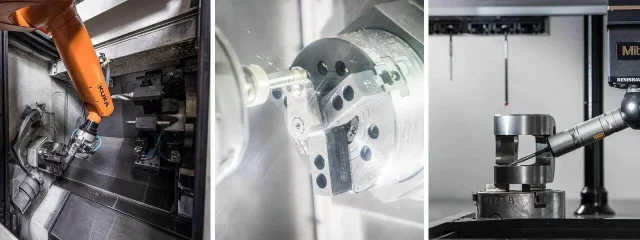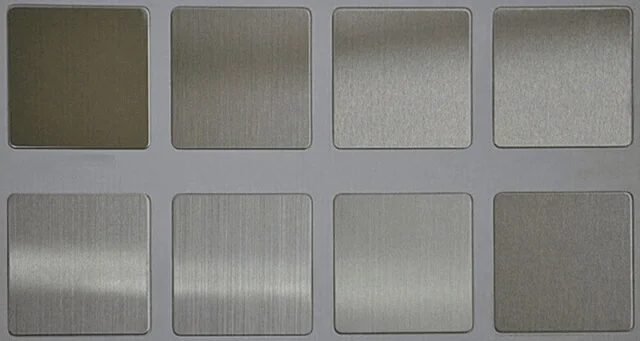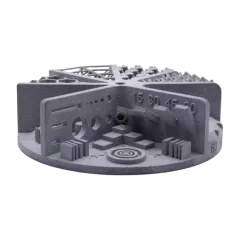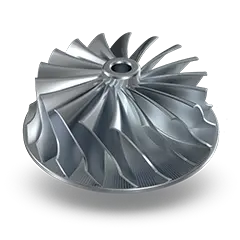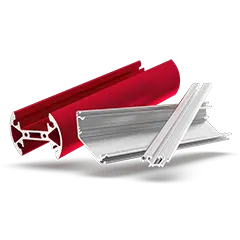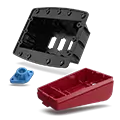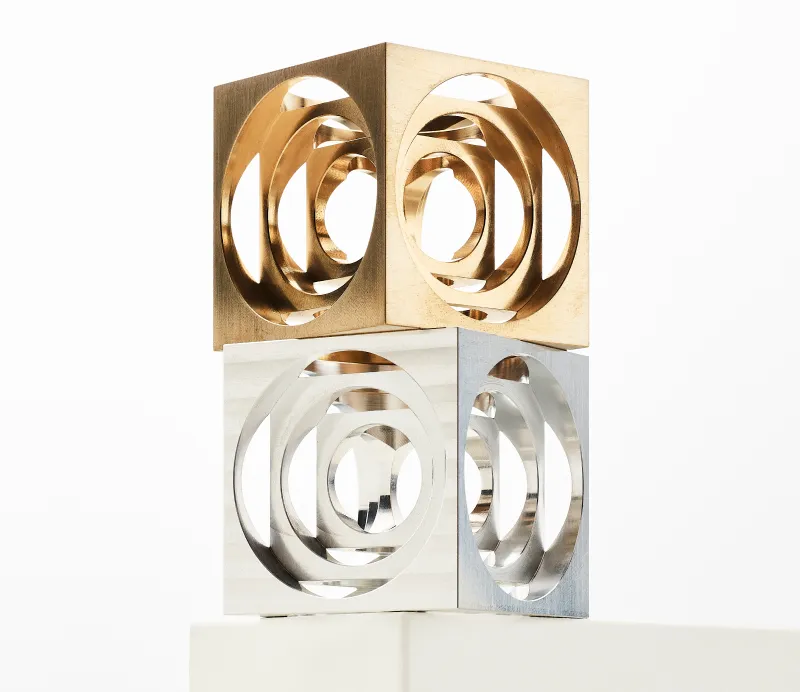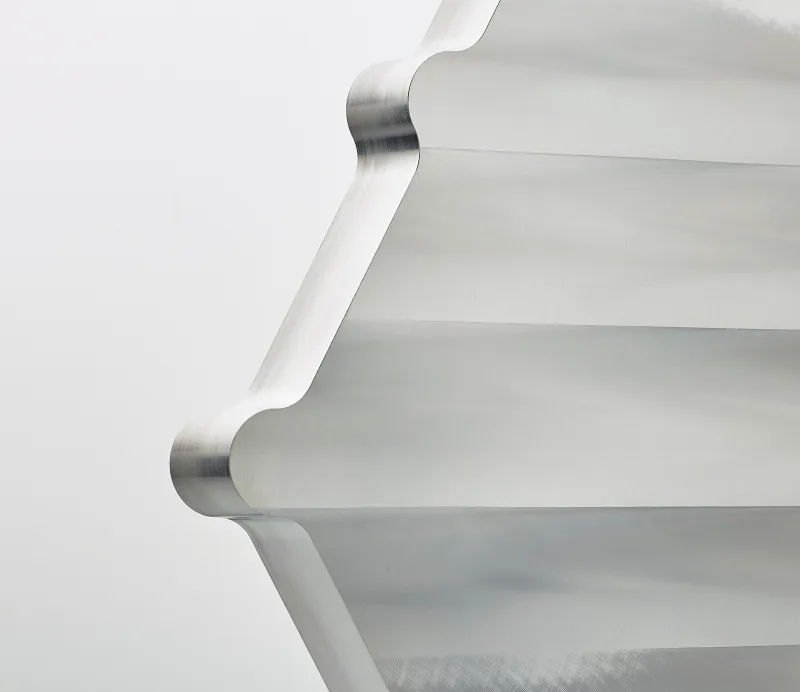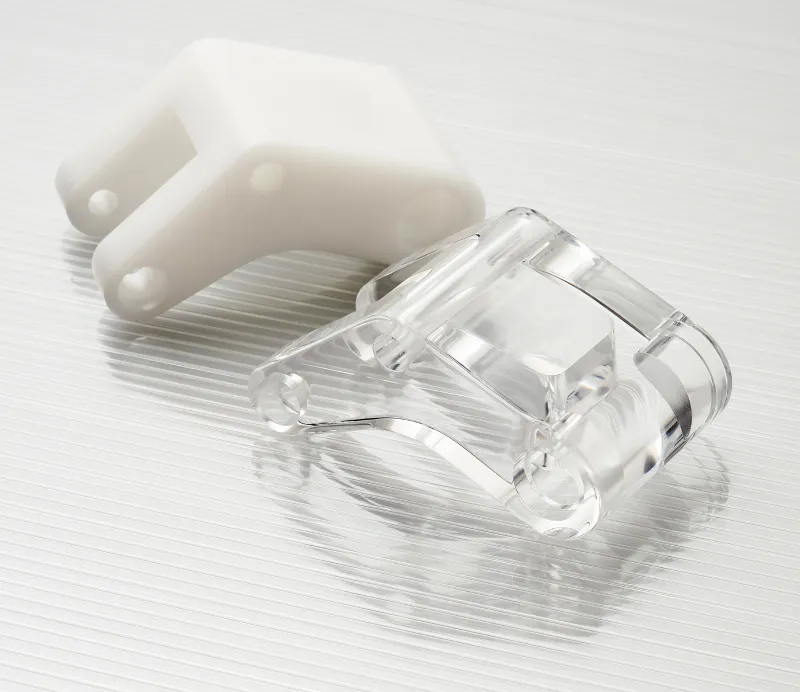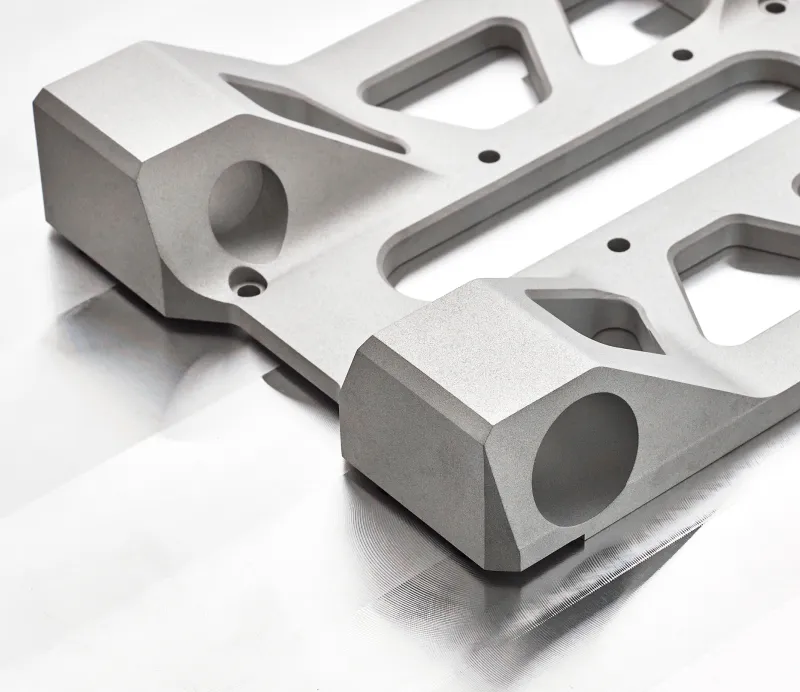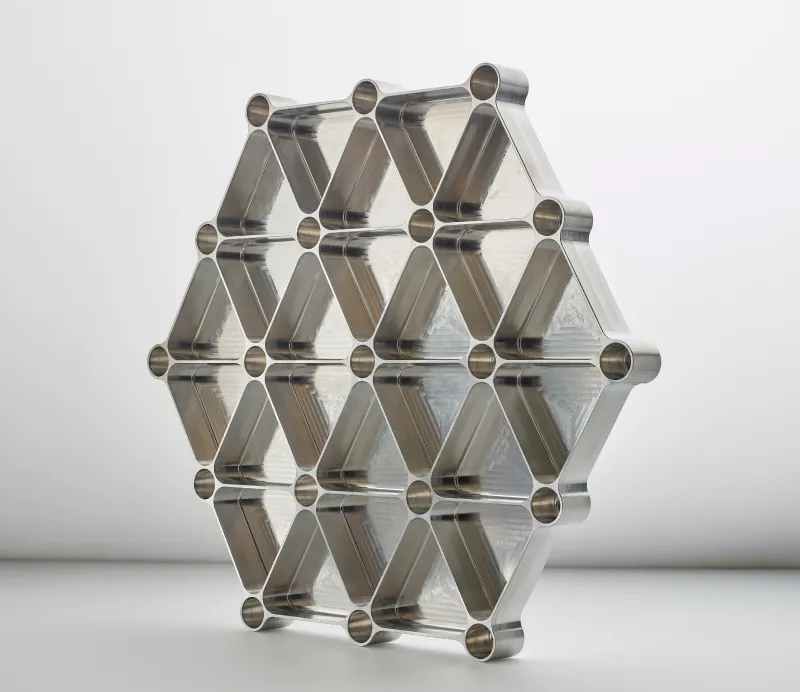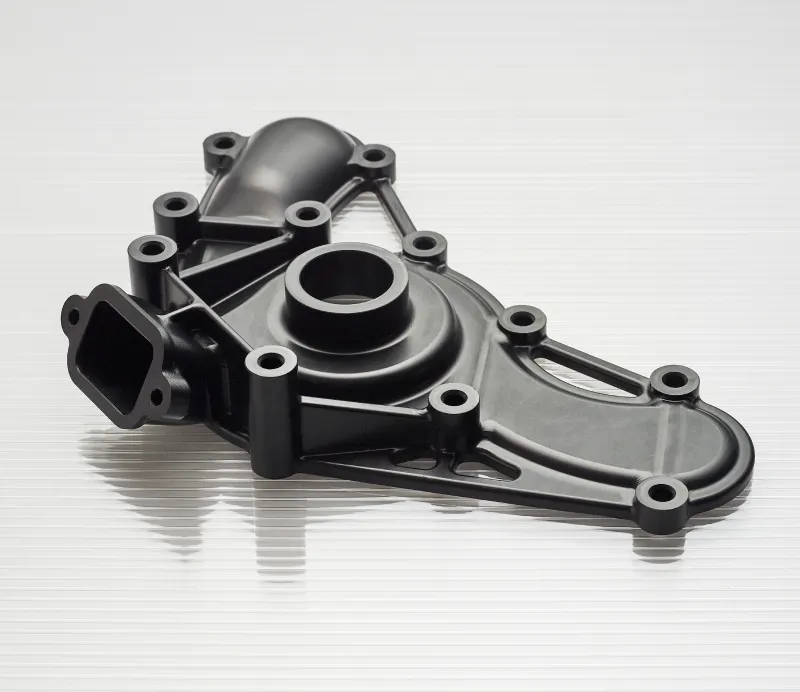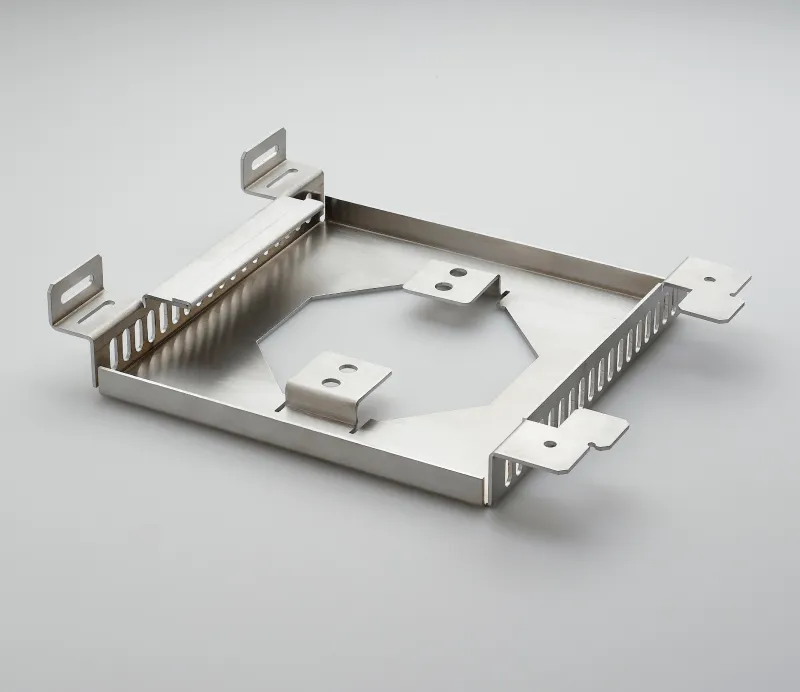Thermoset vs Thermoplastic: What’s the difference?
In plastic injection moulding, there are two key classes of plastics that are readily utilised to create many popular everyday products we know and use today: Thermoplastics and Thermosets. Understanding these two classes and what they can offer will help determine which material is best to use for your project. This guide will discuss the properties, benefits, and performance of both thermosets and thermoplastics to help you with sourcing decisions and product designs.

What is a thermoset?
Thermosets are a type of polymer that undergo a chemical reaction when heated, creating a three-dimensional network of bonded molecules. This process is irreversible, meaning once thermosets have been set, they cannot be melted or reshaped. Thermosets are typically hard, strong, and have excellent resistance to heat and chemicals.
A thermoset is a polymer that forms irreversible chemical bonds during the curing process. Unlike thermoplastics that can be melted and remould multiple times, thermosets (as their names suggest) are set in a permanent physical and chemical composition after the first curing process. This occurs as polymers in the material ‘cross-link’, performing an unbreakable, irreversible bond. This unique feature makes thermosetting polymers an excellent choice for parts that need to have excellent dimensional stability at elevated temperatures.
Discover more about our injection moulding services
{{cta-banner}}
Thermosetting Polymers
Thermosetting polymers, also known as thermosets, are a type of polymer that undergoes a chemical reaction when heated, resulting in a three-dimensional network of bonded molecules. This process is irreversible, meaning that once the thermoset has been formed, it cannot be melted or reshaped.
What is the Difference Between Thermoplastic and Thermosetting Plastic?
Thermoplastics and thermosetting plastics are two distinct types of polymers with different behaviours under heat. Thermoplastics can be heated, cooled and reshaped repeatedly without altering their chemical structure. In contrast, thermosetting plastics undergo a chemical change when heated, forming irreversible bonds that set their shape permanently.
Difference between thermoplastics and thermosets
The critical difference between thermoplastics and thermosets is how the materials behave during the curing process. Thermosets strengthen when cured but form chemical bonds that make them impossible to remould. Thermoplastics do not form any chemical bond when curing, making them re-mouldable and recyclable. This three-dimensional bonding in thermosets makes them stronger and more heat resistant than thermoplastics.
Thermosets' ability to retain their strength and geometry when exposed to elevated temperatures set them apart from thermoplastics. Thermosets will often degrade before melting when exposed to excess heat. These properties mean plastics can be used as a low-cost replacement for metals in some applications.
In a nutshell, thermosets generally have greater physical properties than thermoplastics; however they cannot be remoulded and recycled.
Thermoset materials
- Melamine
- Epoxy
- Polyester
- Silicone
- Urea-formaldehyde
- Polyurethane
- Polytetrafluoroethylene (PTFE)
- Polyvinylidene fluoride (PVDF)
Thermoplastic materials
- ABS
- Acrylic (PMMA)
- Polyvinyl chloride (PVC)
- Nylon
- Polypropylene (PP)
- Polycarbonate (PC)
- Acetal Copolymer Polyoxymethylene (POM-C)
- Acetal Homopolymer Polyoxymethylene (POM-H)
Unsure of the best material to use? You can find out more about the best materials to injection mould in our guide: Choosing the right injection moulding material.
Advantages of thermosets
✅ High-temperature resistance
✅ Good chemical resistance
✅ Excellent dimensional stability
✅ High Strength, toughness and rigidity
Disadvantages of thermosets
❌ Non-recyclable (cannot be remoulded)
❌ Poor thermal conductivity (e.g. for electrical housing)
❌ Brittle
Advantages of thermoplastics
✅ Eco-friendly and recyclable
✅ Excellent impact resistance
✅ Better aesthetic finishing
✅ Good adhesion to metals
Disadvantages of thermoplastics
❌ Can degrade when exposed to UV
❌ May soften when exposed to heat
❌ Can be more expensive than a thermoset
Example of a thermoset in use
Silicon is an excellent example of a thermoset that has a wide range of applications, its most popular being in the electrical industry. The cross-linking bonds discussed earlier make silicon excellent at remaining stable over a wide temperature range (up to 250 degrees C). Partnered with its flexibility, tear strength and chemical resistance, silicon is ideally suited for the demands of electrical wire insulation.

Example of thermoplastic in use
One of the most popular thermoplastic parts produced has to be the LEGO brick. LEGO is made from acrylonitrile butadiene styrene, ABS for short. ABS is a great choice of material as it is strong, has great dimensional stability, so bricks fit together and are resistant to colour fading. The one downside of ABS is that you cannot manufacture transparent parts, so polycarbonate (another thermoplastic) is used to create transparent bricks.

To find more useful engineering information, head over to our guides page to learn how to perfectly design your parts for production! Or, if your parts are all ready for production, get a free 24-hour quote from us now. Injection moulding is not always suitable for plastics, we do offer a CNC Machining Service and a 3D Printing Service. Together CNC machining, 3D printing and injection moulding are a family of different technologies that can be used to manufacture plastic parts.
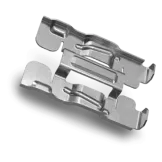
Leave it to our manufacturing specialists
Get a 24 hour, engineer made quote and design review to start your manufacturing project off on the right foot
Get your production-ready quote in 24 hours
All projects are reviewed by real engineers to ensure accuracy, catch mistakes and unlock DFM improvements
Our services
From 3D printing to CNC machining, we’re experts in manufacturing bespoke precision parts on tight time-frames
Other services
It’s rare you only need CNC machining services. We offer 3D printing, moulding, casting, extrusion, fabrication, assembly, welding & more.
Get your production-ready quote in 24 hours
All projects are reviewed by real engineers to ensure accuracy, catch mistakes and unlock DFM improvements
Bespoke quote in 24 hours
Get It Made is proud to provide a human service. Get a quote and free design review by an experienced engineer to see how we make manufacturing simple.


